Heritage of Scotland's travelling community celebrated
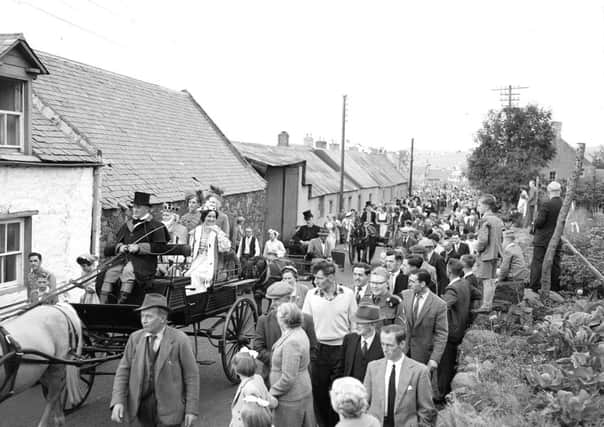

The Elphinstone Institute at Aberdeen University, which researches folklore and ethnology, has put together a programme to mark both the traditions of the community and the contemporary experiences of its people.
Today, there are at least 4,000 people in the Gypsy/Traveller community in Scotland, which dates back to the 12th Century, although some believe the figure could be as high as 20,000.
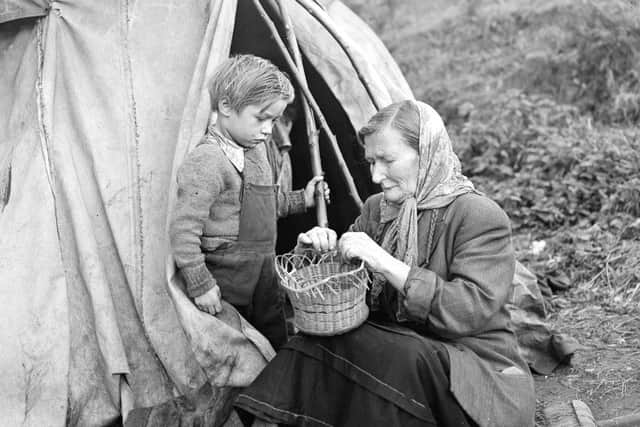

Advertisement
Hide AdMost Gypsy/Travellers are found in Perth and Kinross, Edinburgh, Glasgow and Aberdeen City.
Dr Tom McKean, director of the Elphinstone Institute, said travellers were Scotland’s oldest indigenous people with the programme designed to raise awareness of the community, its past and the challenges it faces.
He added: “We are proud to honour Traveller culture right at the heart of the University.
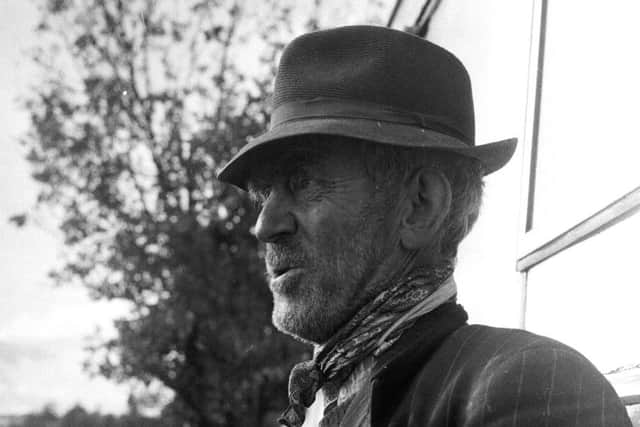

“Travellers have been part of life in Scotland for hundreds of years, and an essential part of North-East life, from skilled tinsmithing and basket-making to seasonal harvest work. It’s a different world view.
“Many Travellers interact with the environment in a much more extensive and intimate way than settled folk.
“For them, the ‘world’s room’ is their home and their traditional campsites are essential part of identity.”
Advertisement
Hide AdA traveller encampment, complete with traditional bow tent, made from hazel and canvas, is being set up at Aberdeen University this weekend as part of May Fest.
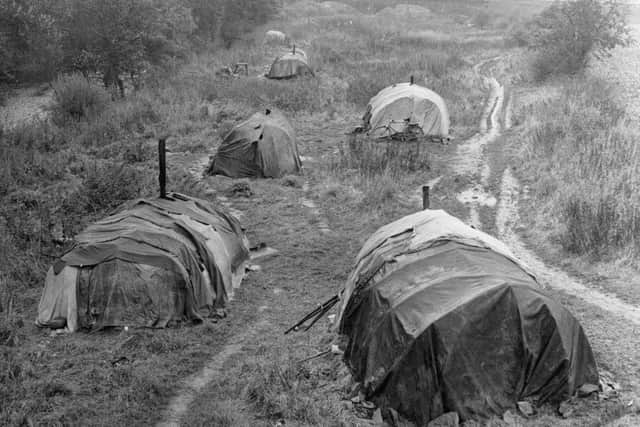

Dr McKean added: “We’re presenting a traveller encampment to emphasise the fact that travellers have been here long before most of us, and this world of the road belongs to them – it is their home.
Advertisement
Hide Ad“It’s important to recognise that and celebrate it, rather than decry it.”
“In addition to appreciating a rich world-view different from that of settled folk, Traveller culture abounds in traditions, from place and plant lore to practical skills and crafts, from remarkable ballads and songs to wonderful story traditions with local and international connections.”
Authors and storytellers Jess Smith and Essie Stewart will bring their experience of the traveller community to the event. University student Davie Donaldson will talk of life as a young traveller with a traveller girl due to speak about her experiences of the education system.
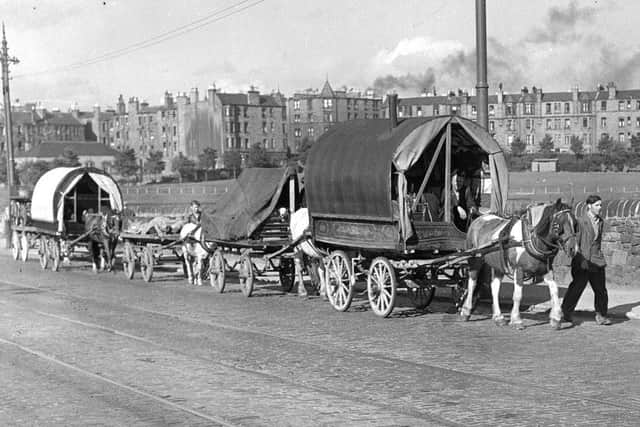

The Scottish Government consider Scottish Gypsy/Travellers, a protected ethic group, to be among the “most disenfranchised and discriminated in society”.
Parliament’s equalities committee last year found “entrenched and stubbornly high levels of discrimination” against the community.
Approximately 90% of Gypsy/Traveller children have suffered racial abuse, and nearly two thirds have been subjected to bullying or physically assault, according to reports.
Advertisement
Hide AdCouncils are required to plan for the current and future housing needs of the Gypsy/Traveller community but plans for permanent camps and stopping places often meet with local objection and fail to win planning permission.
Unauthorised sites can spring up as a result, leading to conflict with the settled community.
Advertisement
Hide AdAround 100 Gypsy/Travellers are waiting to hear if they will be evicted from a site they built themselves, without permission, near St Cyrus, Aberdeenshire.
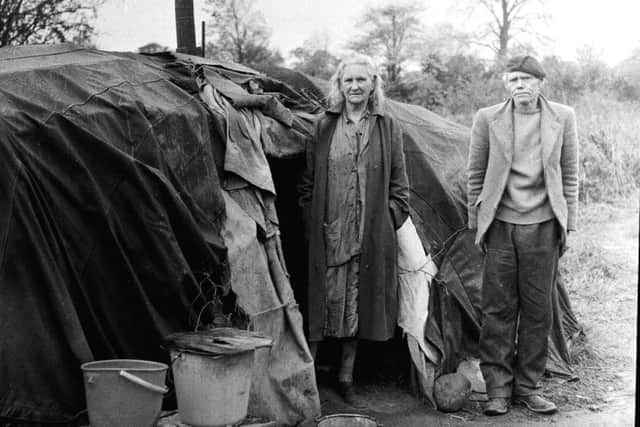

Scottish Minister said they will have to leave the site given concerns over flooding on the land but a solution is being sought at a local level.
Around 14 per cent of Gypsy/Traveller households live in caravans, with around 43 per cent of the community living in households.
Many move off the road due to age or medical problems with the Gypsy/Traveller community more likely to suffer from poor health or a disability than the population as a whole.
